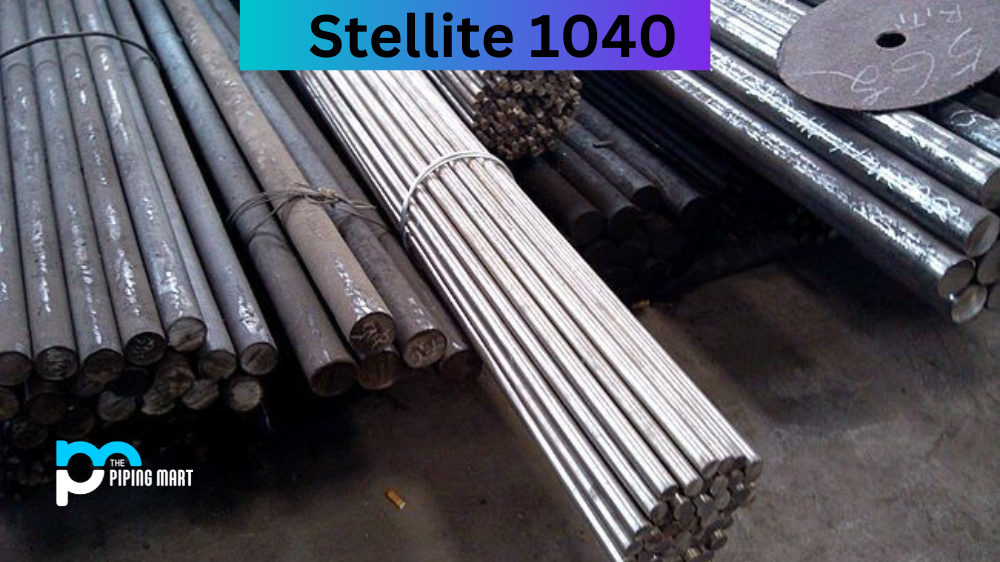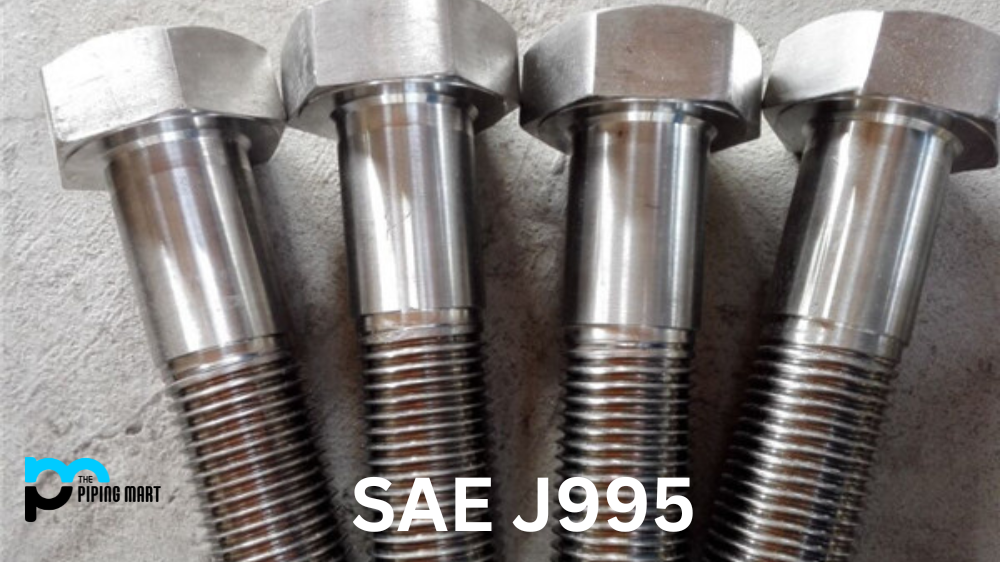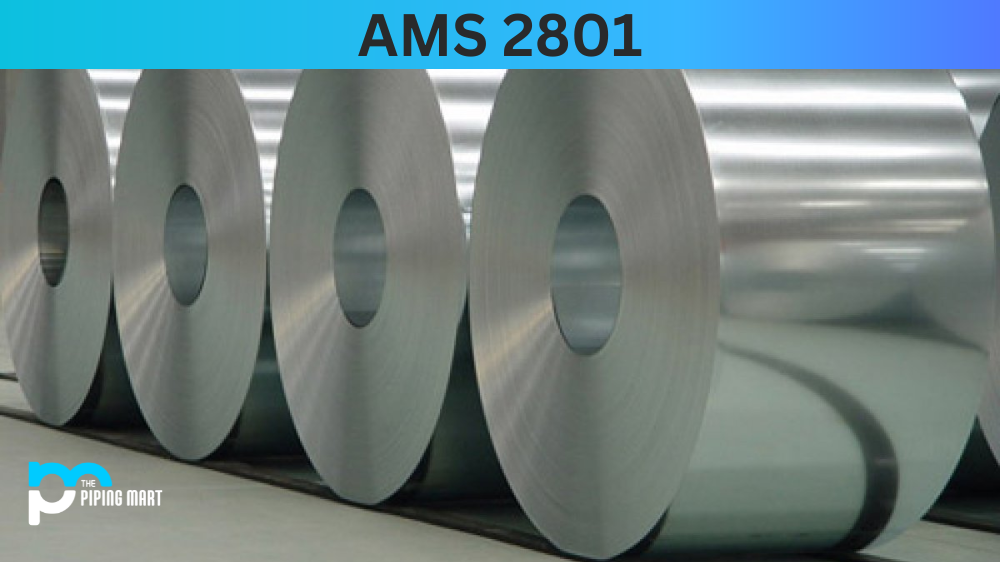Stellite 1040 is a cobalt-based alloy widely used in various applications because of its excellent combination of physical, mechanical, and corrosion-resistant properties. The alloy comprises cobalt, chromium, tungsten, and carbon, with small amounts of other elements. In this blog post, we will dive deep into what stellite 1040 is, its composition, physical and mechanical properties, hardness, heat treatment, welding process, and corrosion resistance.
Stellite 1040 Composition
Stellite 1040 comprises 52% Co, 29% Cr, 7% W, and 2.5% C, with small amounts of other elements like Fe, Mo, Si, and Mn. These elements work together to give the alloy exceptional resistance to wear and corrosion.
| C(%) | Cr(%) | W(%) | Co(%) |
|---|---|---|---|
| 2.00 | 33.0 | 18.0 | remaining |
Stellite 1040 Physical Properties
Stellite 1040 has a density of 8.4g/cm3, a melting point of 1320°C, and a thermal conductivity of 19.7 W/mK. The alloy has a very high coefficient of thermal expansion of 13.5 × 10−6/K, which can be useful in some high-temperature applications.
| Property | Density kg/dm3 |
Temperature T °C/F |
Specific heat J/kgK |
Thermal conductivity W/mK |
Electric resistance µΩ·cm |
Modulus of elasticity kN/mm2 |
Expansion rate |
|---|---|---|---|---|---|---|---|
| 848(≥) | 496(≥) | 11 | 24 | 14 | Solution and Aging,Annealing,Ausaging,Q+T,etc | 213 | |
| Temp. °C/°F |
Creep strain limit (10000h) (Rp1,0)N/mm2 |
Creep rupture strength (10000h) (Rp1,0)N/mm2 |
|||||
| 116 | 171 | 493 |
Stellite 1040 Mechanical Properties
Stellite 1040 has excellent mechanical properties thanks to the combination of its ingredients. It has a yield strength of 930 MPa, a tensile strength of 1190 MPa, and an elongation of 3%. The alloy has high toughness and can withstand extreme mechanical stress without deforming.
| Proof strength Rp0.2(MPa) |
Tensile strength Rm(MPa) |
Impact energy KV(J) |
Elongation at fracture A(%) |
Reduction in cross section on fracture Z(%) |
As-Heat-Treated Condition | Brinell hardness(HBW) |
|---|---|---|---|---|---|---|
| 387(≥) | 263(≥) | 14 | 13 | 14 | Solution and Aging,Annealing,Ausaging,Q+T,etc | 324 |
Stellite 1040 Hardness
Stellite 1040 is known for its high hardness, which ranges from 38 to 45 HRC. The alloy has excellent abrasion resistance and is commonly used to produce cutting tools, valve seats, and other parts subject to wear.
Stellite 1040 Heat Treatment
Stellite 1040 can be strengthened through heat treatment. The alloy is typically heated to 1120°C for 1 hour and then quenched in oil. This process will improve the alloy’s mechanical properties and increase its hardness.
Stellite 1040 Welding
Welding Stellite 1040 can be daunting, but it can be done successfully with the right equipment and technique. The alloy requires preheating to avoid cracking during the welding process. Post-weld heat treatment is also necessary to improve the weld’s strength and flexibility.
Stellite 1040 Corrosion Resistant
Stellite 1040 is highly resistant to corrosion and is commonly used in harsh environments. The alloy can resist attack by acids, bases, and other corrosive materials. The Chromium element in the alloy forms a protective oxide layer on the surface, preventing further corrosion.
Conclusion
Stellite 1040 is a versatile alloy that finds various applications across industries. Its excellent combination of physical, mechanical, and corrosion-resistant properties has made it a popular choice for producing high-performance parts. This blog post provided insights into stellite 1040, its composition, physical and mechanical properties, hardness, heat treatment, welding process, and corrosion resistance. Stay tuned for more informative blog posts from us!

Hey, I’m Krutik, a casual blogger expert in the metal industry. I am passionate about providing valuable information to my readers. With a background in engineering and construction, I like playing Cricket & watching Netflix shows in my free time. Thank you for visiting my blog, and I hope you find my information helpful!




